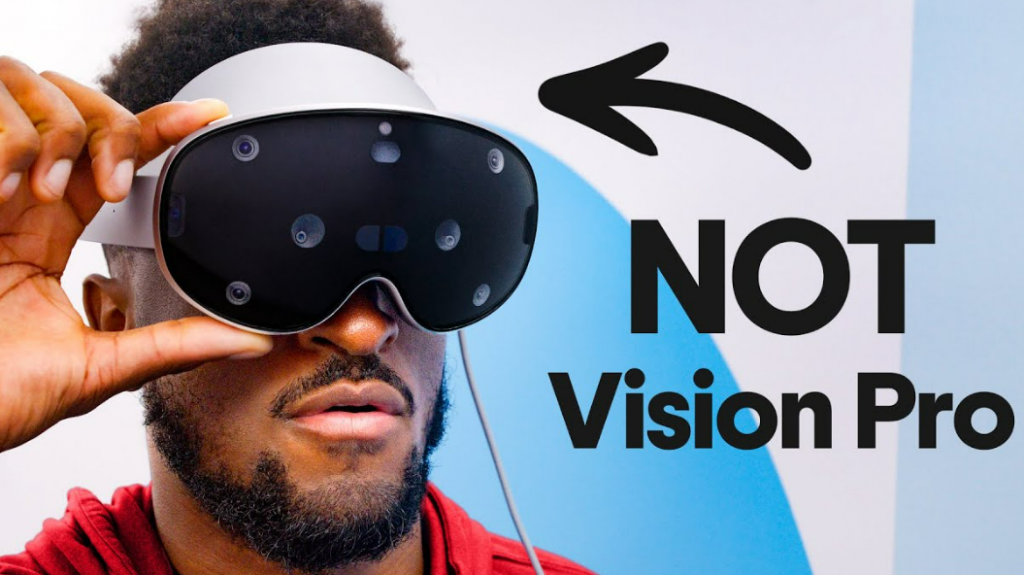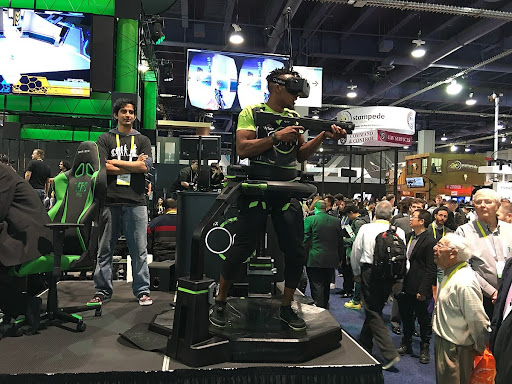Author: Nigel Pereira
With a background in Linux system administration, Nigel Pereira began his career with Symantec Antivirus Tech Support. He has now been a technology journalist for over 6 years and his interests lie in Cloud Computing, DevOps, AI, and enterprise technologies.
Branding themselves as a metaverse-driven asset with staking rewards, NFT integration, and virtual banking ambitions, is PVC Meta Coin likely to deliver on its promises? Here’s what we think… Crypto never runs out of bold promises. Every other week, a new token pops up, swearing it’ll change the game, revolutionize finance, or at the very least, make investors rich. PVC Meta Coins are among the latest contenders, branding themselves as a metaverse-driven asset with staking rewards, NFT integration, and virtual banking ambitions. Sounds impressive? Maybe. But we’ve heard all this before. With countless tokens riding hype waves only to be…
This experiment from FinalSpark cracks open some big (and honestly, a little unsettling) questions about consciousness, identity, and where the line blurs between biology and machines. A few months ago we posted an article titled “This computer uses human brain cells and runs on dopamine!” The computer in question is called a “Neuroplatform” and the team responsible for it is a team of Swiss Scientists that call themselves FinalSpark. Now while we have already covered the basics of this living computer and how it’s built from organoids that are made out of human brain cells, we really couldn’t have imagined…
If we’re already using contact lenses to track what’s happening inside the body, who’s to say that one day we won’t eventually use them to track what’s happening inside the brain? While we almost always write articles like this about products that already exist, this time is an exception, and for good reason. If any of us were to try out a Brain Computer Interface, it would have to be non-invasive or no deal. While getting plugged into a virtual world is the stuff of dreams, if you didn’t cringe when the long spiky thing went into the back of…
Similar to how ChatGPT uses massive language models to understand and respond intelligently, Cosmos provides robots with foundation models that help them navigate, interact, and adapt to real-world environments. Last year in July we posted an article titled “Nvidia Project GR00T.” In it we talk about Nvidia’s Generalist Robot 00 Technology powered by the Blackwell chip and how it enables robots to mimic humans purely by observation. This new update from Nvidia, however, is next level, and many are even referring to it as a “ChatGPT” moment for robotics. The NVIDIA Cosmos platform was unveiled at CES 2025 by Jensen…
By combining instant trend analysis with external data sources, X aims to make ad campaigns that are smarter, more dynamic, relevant, and better timed than ever before. Social media moves at warp speed, period. What’s trending in the morning could be old news by lunch and vice-versa. So how do you stay ahead of the curve instead of playing catch-up with topics and trends that keep changing? According to Elon Musk, you use X’s new AI tool Trend Genius that’s designed to spot trends before they explode. It does this by combing through millions of posts, tracking engagement patterns and…
Unlike Apple’s walled garden, Samsung’s approach is all about open ecosystems and accessibility. Moohan runs on Google’s new Android XR platform, meaning it’ll support existing Android apps and a fresh wave of XR experiences. While Apple’s Vision Pro definitely made some waves, Samsung isn’t sitting this one out. Enter Project Moohan, Samsung’s ambitious mixed reality headset that’s shaping up to be a serious competitor in the very competitive world of VR. And the best part? It’s going to play nice with Android. Unlike Apple’s walled garden, Samsung’s approach is all about open ecosystems and accessibility. Moohan runs on Google’s new…
While virtual reality is indeed a bold leap forward, it would be nice if you could take that leap without crashing into real obstacles in the real world. We’ve all seen videos of people wearing VR headsets and crashing into walls, falling down stairs, rolling on the ground, and just generally making a mess of the entire experience. While virtual reality is indeed a bold leap forward, it would be nice if you could take that leap without crashing into real obstacles in the real world. Enter the omnidirectional VR treadmill, a device that, as its name suggests, allows you…
While the timeline for Pi Coin’s evolution is testing the patience and faith of its community, is it all going to be worth it in the end? Pi Network has reportedly grown to over 60 million users (or “Pioneers”) as of 2024, and the numbers keep going up. Thanks to its mobile mining model and user-friendly approach, it’s become one of the largest communities in the cryptocurrency space. That being said, however, the timeline for Pi Coin’s evolution has been slower than many expected, which is testing the patience and faith of its community. Additionally, early adopters of Pi Coin…
The ability to communicate via dreams in real-time offers practical applications that could revolutionize the fields of therapy, training, education, art, architecture, music, and more. In a groundbreaking study that brings the mind-bending movie Inception to mind, a team of scientists led by researchers at the Bay Area startup REMspace claim to have demonstrated two-way communication between people, in a lucid dream state! Now that statement, challenges not only our understanding of dreams (which isn’t much) but also our understanding of human consciousness (which incidentally, also isn’t much). While the team of researchers (headed by REMspace CEO Michael Raduga) from…
Netflix’s bold decision to fire most of its game developers and replace them with AI begs the question: Can AI replace humans in the story-telling and creative aspect of video games? While AI continues to make waves across virtually every industry it comes in contact with, Netflix has taken a bold (and somewhat unexpected) decision to fire most of its game developers and replace them with AI! Now though the streaming giant has increasingly incorporated game development in its limitless content library, it’s not like many of us log on to Netflix to play games. In fact, according to CNBC,…












